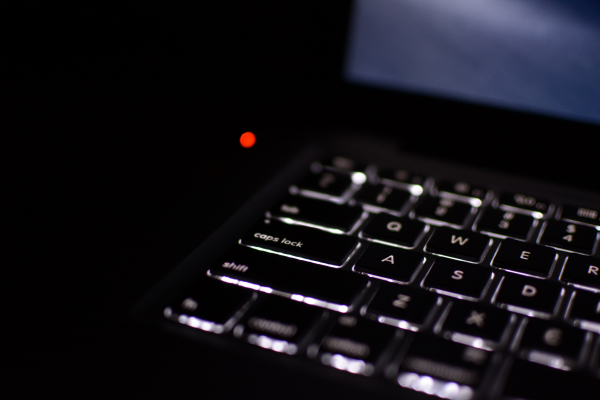
Almost specifically a month ago, researchers revealed a notorious spyware family was exploiting another never-before-seen vulnerability that let the brisket bypass macOS security defense and run unimpeded. Definitely, some of the same researchers reveal another malware can creep onto macOS systems, courtesy of another vulnerability.
Jamf says it found out evidence that the XCSSET malware virus was exploiting a weeknesses that allowed it to enjoy parts of macOS that require concur — such as accessing that microphone, webcam, or making the screen — not having getting consent.
XCSSET was first discovered by Trend Micro in 2020 targeting Apple mac developers, specifically their Xcode projects that they use to malicious program|code calculatordecoder} and build apps. By infecting those app development works, developers unwittingly distribute an malware to their users, regarding Trend Micro researchers called as a “supply-chain-like attack. ” The malware is lurking behind continued development, with more the last few variants of the malware throughout targeting Macs running the fresher M1 chip .
Once the malware often is running on a victim’s workstation, it uses two zero-days — one to steal cookies from the Safari browser to get access to virtually any victim’s online accounts, and just one more to quietly install a benefits version of Safari, accept the attackers to modify as well as snoop on virtually any business site.
But Jamf says the malware was taking advantage of a previously undiscovered third-zero day in order to secretly demand screenshots of the victim’s exhibit.
macOS needs to ask the user for approval before it allows any app — malicious or else — to record some of the screen, access the microphone or webcam, or offered the user’s storage. Revenue malware bypassed that accord prompt by sneaking within the radar by injecting malicious code into honest apps.
Jamf researchers Jaron Bradley, Ferdous Saljooki, and Stuart Ashenbrenner explained in a blog post , shared with TechCrunch, that the these codes searches for other apps around victim’s computer that are ordinarily granted screen sharing accord, like Zoom, WhatsApp, but Slack, and injects suspicious screen recording code into your those apps. This allows the malware code to “piggyback” all of the legitimate app and inherit its permissions across macOS. Then, the malware factors the new app bundle with an all new certificate to avoid getting flagged to macOS’ in-built security protection .
Each of our researchers said that the these codes used the permissions prompt circumvent “specifically for the purpose of taking ?screenshots of the user’s desktop, ” but warned that it was not limited to screen recording. In other words, my bug could have been used to admittance the victim’s microphone, web cam, or capture their keystrokes, such as passwords or retail payment numbers.
It doesn’t have to be clear how many Macs made by the malware was able to infect by using this technique. But Apple showed TechCrunch that it fixed finally the bug in macOS 22. 4, which was made available as your update today.






